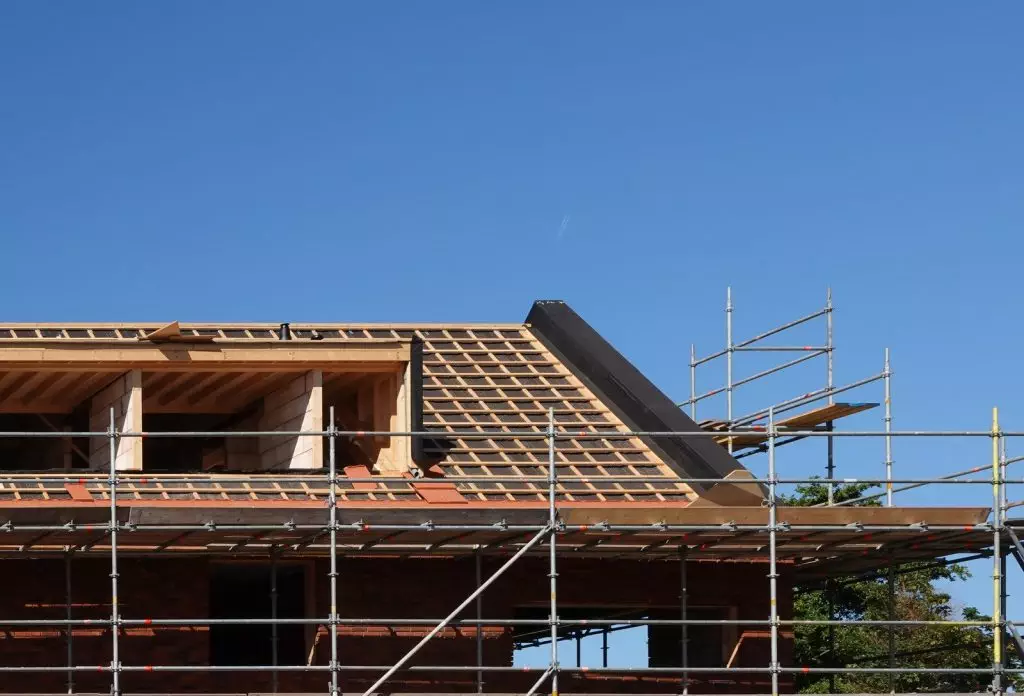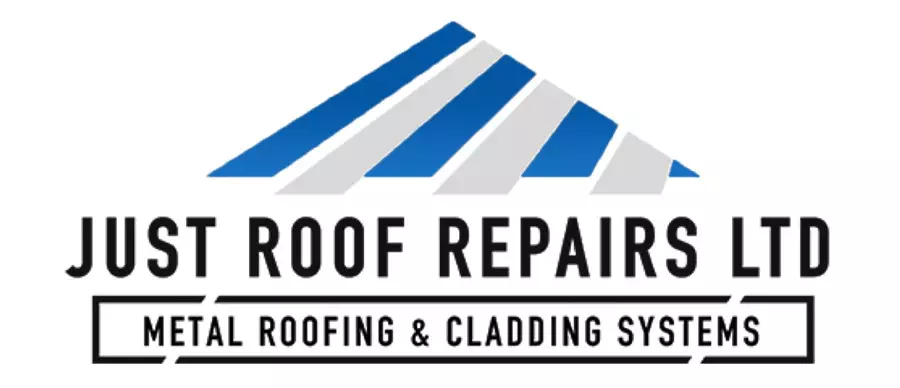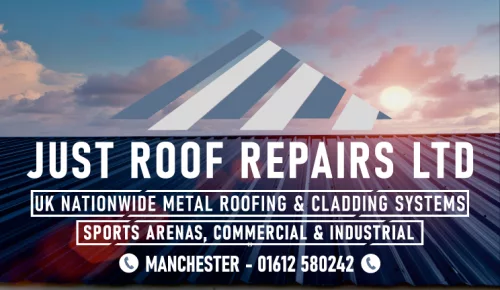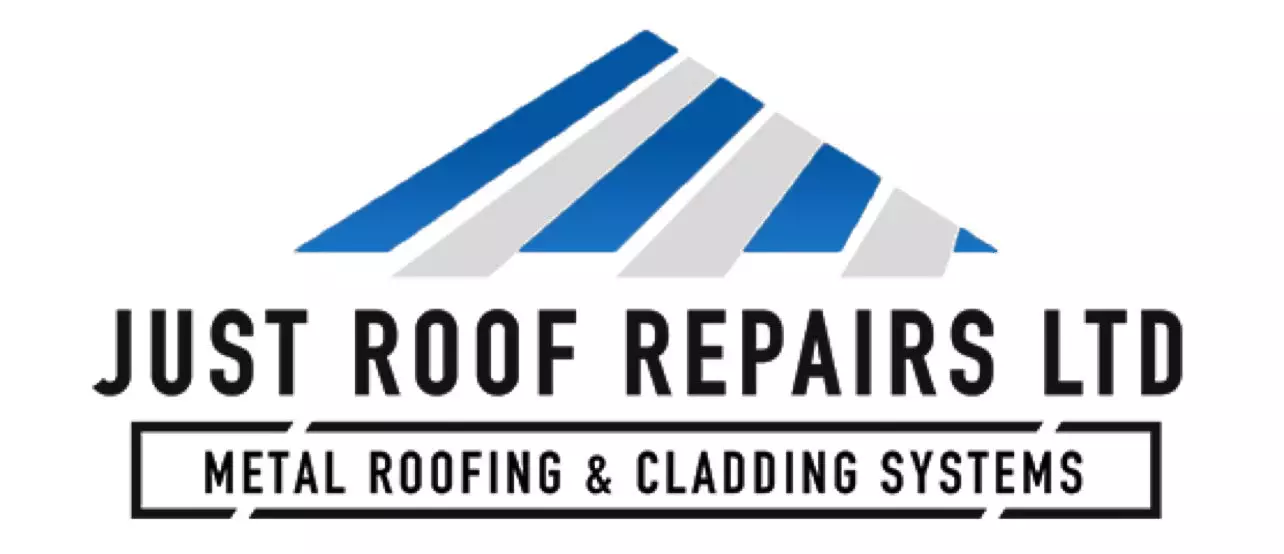When tackling the refurbishment of historic building roofs in the UK, you’ll encounter a complex blend of challenges. Balancing modern needs with the preservation of architectural integrity is essential. You’ll need to navigate legal frameworks, assess structural integrity, and select materials that honor the building’s heritage. Each decision impacts both functionality and historical authenticity. But how do you guarantee that the refurbishment respects local heritage while meeting contemporary requirements?

Key Takeaways
- Compliance with local laws and conservation regulations is essential to avoid legal issues during roof refurbishment of historic buildings.
- Balancing modern functionality with historical integrity requires careful integration of contemporary technologies without compromising original architectural features.
- Skilled craftsmanship and conservation techniques are crucial for maintaining structural integrity and preserving the aesthetic of historic roofs.
- Engaging with local stakeholders and preservation groups fosters community support and ensures that refurbishment projects align with public interests.
- Long-term maintenance strategies are vital for the sustainability and preservation of historical roofs, requiring regular inspections and prompt repairs.
Understanding Historical Significance
When you explore the historical significance of a building, you uncover layers of cultural, architectural, and social narratives that define its existence. Understanding this significance requires you to examine the historical context in which the building was constructed. Each architectural choice reflects the values and aesthetics of its time, contributing to the cultural heritage of the area. Local materials and construction techniques reveal insights about the community’s identity and craftsmanship. This examination highlights the ongoing dialogue between preservation and contemporary needs.
Legal Framework and Building Regulations
Understanding the legal framework is paramount. You must comply with listed building consent and conservation area regulations to avoid penalties or delays. Engage with local authorities early to clarify requirements. The Building Act and related regulations outline construction standards and safety protocols. Adherence to these legal guidelines helps protect both the project’s legality and the building’s historical value.
Assessing Structural Integrity
Evaluating a roof’s structural integrity ensures the safety and longevity of the building. Conduct comprehensive assessments of beams, trusses, and other load-bearing components to identify signs of deterioration. Safety inspections are crucial to detect issues that may affect the roof or occupants. Understanding the historical context of materials helps distinguish between original features and later modifications.
Selecting Appropriate Materials
Historical Accuracy Requirements
Restoration accuracy is key. Source materials that reflect the original design, including regional tiles, slates, or timbers. Collaborate with conservation specialists to identify compatible materials and techniques that uphold architectural authenticity.
Weather Resistance Considerations
Balancing authenticity with functionality means selecting materials that endure local weather while preserving historical character. Use breathable membranes for moisture control and select materials suited to the climate to ensure long-term protection.
Sustainability and Longevity
Choose materials that meet modern sustainability standards while maintaining historical aesthetics. Reclaimed slate or sustainably sourced timber supports environmental goals. Insulation and reflective coatings can improve energy performance. Consider the lifecycle of materials to reduce maintenance and enhance sustainability.
Conservation Techniques and Best Practices
Preservation of Original Features
Start with thorough documentation of the roof’s condition. Repair original elements where possible instead of replacing them. Use compatible materials to promote both longevity and authenticity.
Sustainable Material Selection
Eco-friendly insulation like cellulose or sheep’s wool enhances energy efficiency while preserving heritage. Green roofing solutions support biodiversity and rainwater management, aligning with conservation goals.
Skilled Craftsmanship Importance
Traditional artisan techniques uphold the building’s authenticity. Heritage training programs equip craftsmen to work with historic materials and styles. Skilled artisans ensure details match original designs, protecting cultural value.
Challenges of Modernization
Modern upgrades must not compromise the building’s integrity. Aesthetic balance is crucial when integrating new technologies. Regulatory limits may constrain renovation efforts. Innovation is key to blending modern performance with historical preservation.
Engaging With Stakeholders and Communities
Community engagement strengthens project success. Gather input from local residents, preservation societies, and historical groups. Maintain open communication and transparency to build trust and ensure alignment with public values.
Long-term Maintenance and Sustainability
Develop maintenance plans with regular inspections, cleanings, and repairs. Use durable, sustainable materials to minimize environmental impact. Preservation experts can help tailor strategies to specific buildings, ensuring their protection for future generations.
Frequently Asked Questions
How Long Does a Typical Roof Refurbishment Project Take?
Projects range from weeks to months, depending on planning, materials, weather, and scope.
What Are Common Signs of Roof Damage in Historic Buildings?
Look for water stains, cracked tiles, moss growth, rusted metal, and sagging areas as signs of deterioration.
Are There Funding Options Available for Roof Refurbishment Projects?
Yes. Grants from councils, preservation societies, and crowdfunding sources support heritage projects. A strong application includes a clear preservation plan.
Can Modern Roofing Technologies Be Integrated Into Historic Buildings?
Yes, if done thoughtfully. Use lightweight membranes and energy-efficient insulation compatible with the building’s heritage. Collaborate with preservationists to ensure integration respects the original structure.
What Role Do Local Communities Play in Refurbishment Projects?
They offer valuable input, enhance cultural preservation, and support project success. Engaging communities fosters shared responsibility and strengthens project outcomes.
Conclusion
Refurbishing historic building roofs requires a delicate balance of respecting architectural heritage and embracing modern needs. Through legal compliance, thoughtful material selection, skilled craftsmanship, and active community involvement, you can ensure that these structures endure with their character intact for generations to come.


